The modern world’s constant connectivity can become overwhelming. Sometimes, the greatest luxury isn’t found in five-star resorts but in places where cell signals fade and nature takes center stage.
Disconnecting from technology allows us to reconnect profoundly with ourselves and the natural world. Here is a list of 20 remarkable destinations that offer a true escape from the digital world and allow you to experience adventure in its purest form.
Socotra Island, Yemen
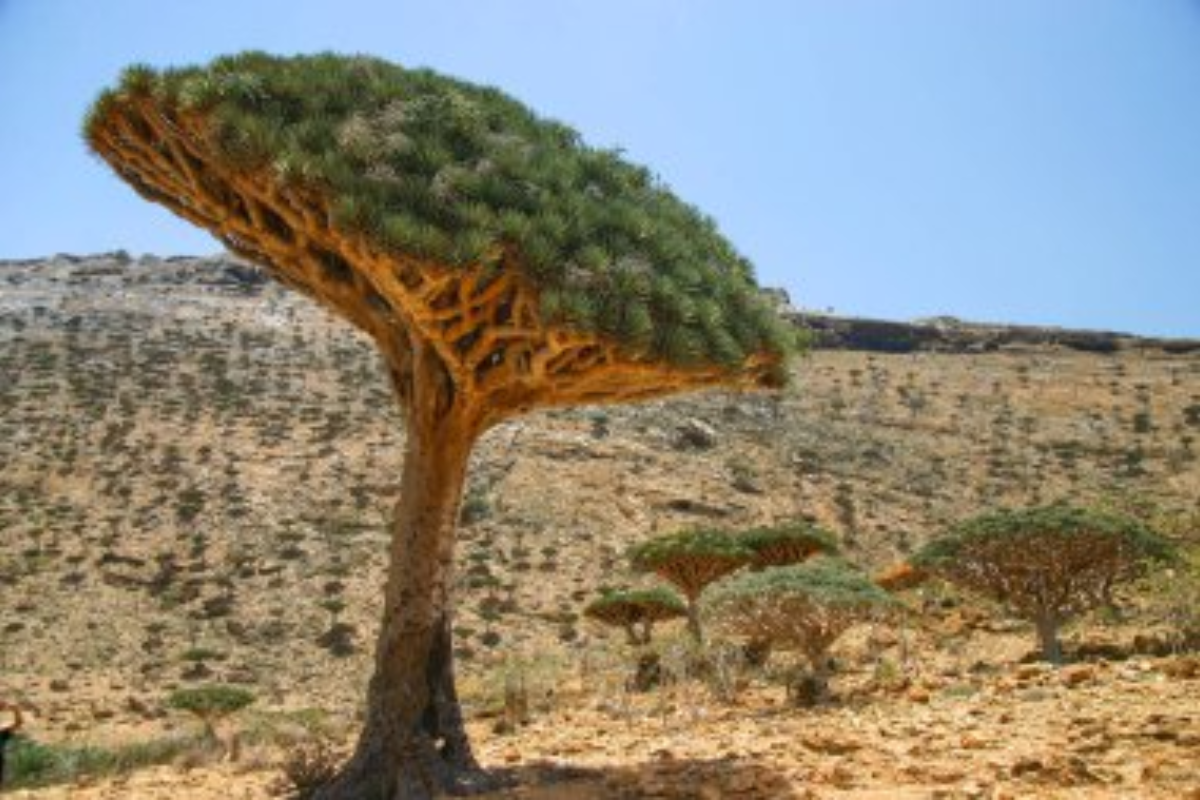
This UNESCO-protected island looks like something from another planet. Socotra’s dragon blood trees with distinctive umbrella-shaped canopies create an otherworldly landscape you won’t find anywhere else on Earth.
The island’s isolation has resulted in incredible biodiversity, with nearly 700 endemic species found nowhere else.
Torres del Paine, Chile
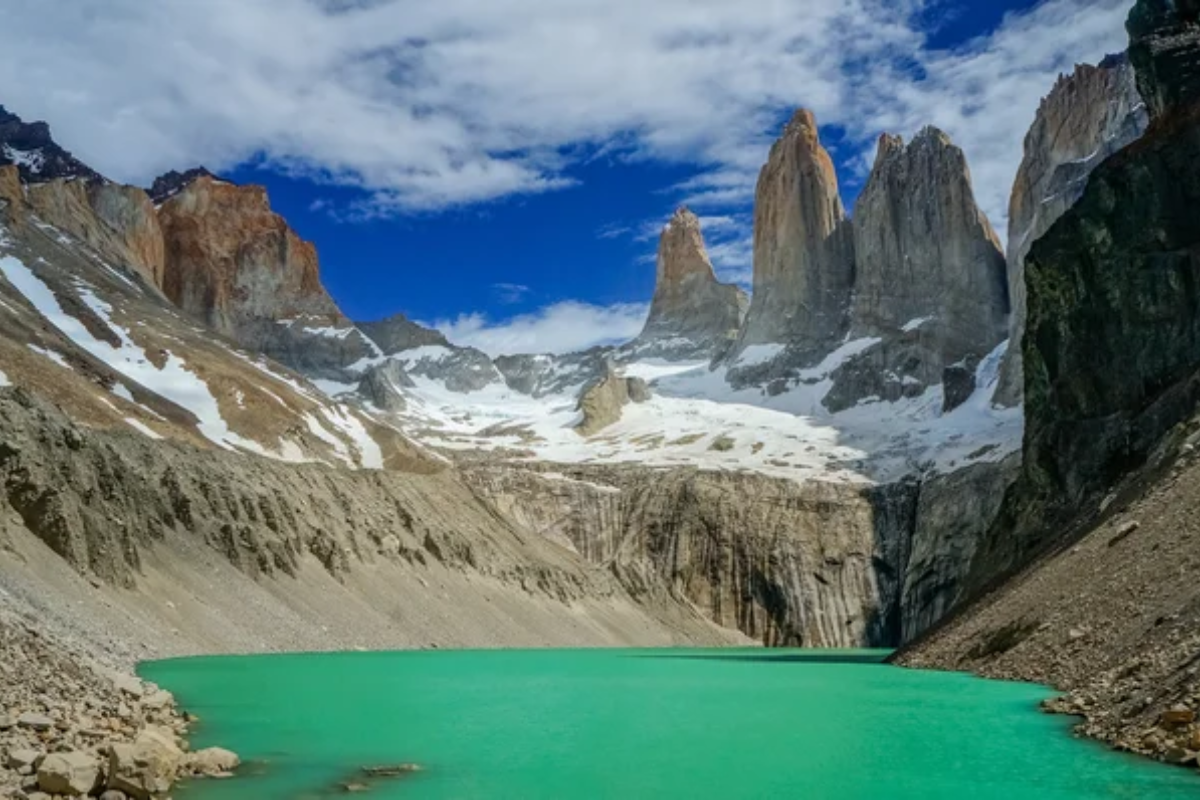
The windswept peaks of this Patagonian national park offer some of South America’s most spectacular hiking. Granite towers rise dramatically from the landscape, while turquoise lakes and massive glaciers complete the pristine wilderness scene.
The famous W Trek takes about five days to complete, with basic refugios (mountain huts) providing shelter along the route.
Like Travel Pug’s content? Follow us on MSN.
Mongolian Steppe, Mongolia
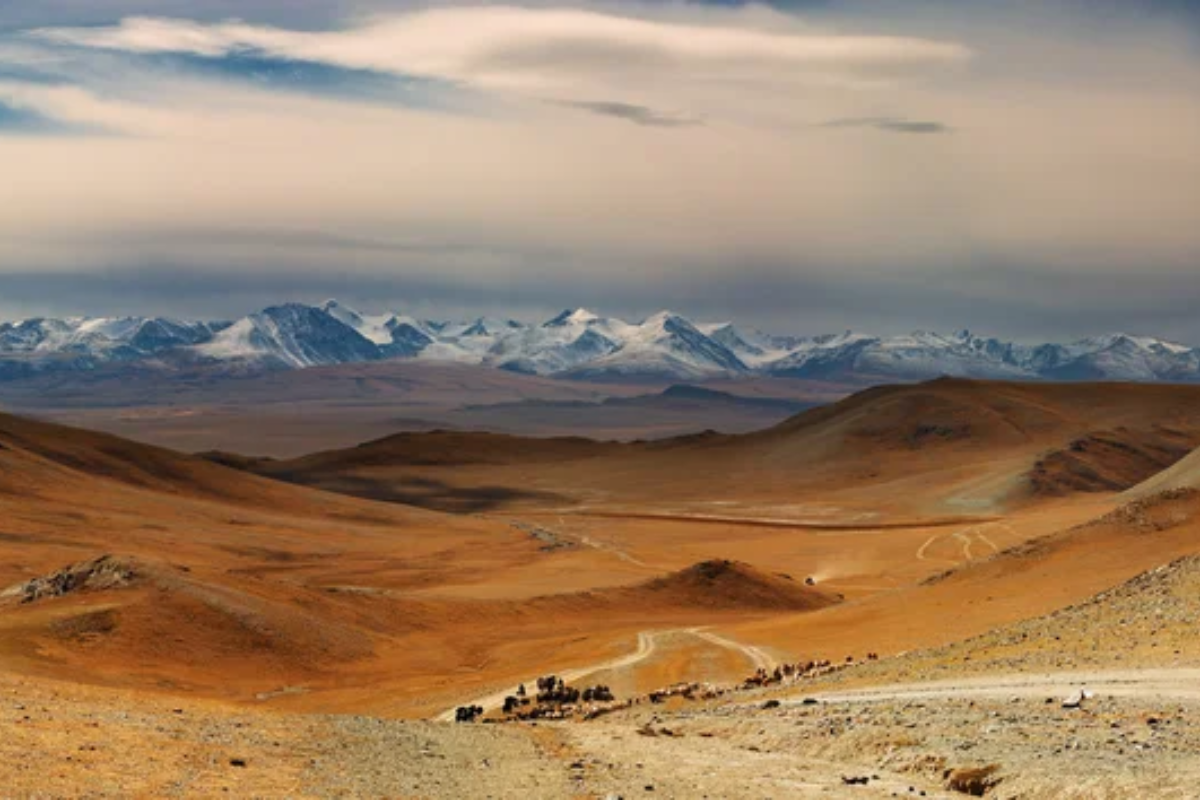
Experience nomadic life with a horseback journey across the vast Mongolian steppe. Stay with local herders in traditional gers (yurts) and witness a lifestyle that has remained largely unchanged for centuries.
The endless horizon and star-filled night skies offer a profound sense of space rarely experienced in our crowded world.
Raja Ampat, Indonesia
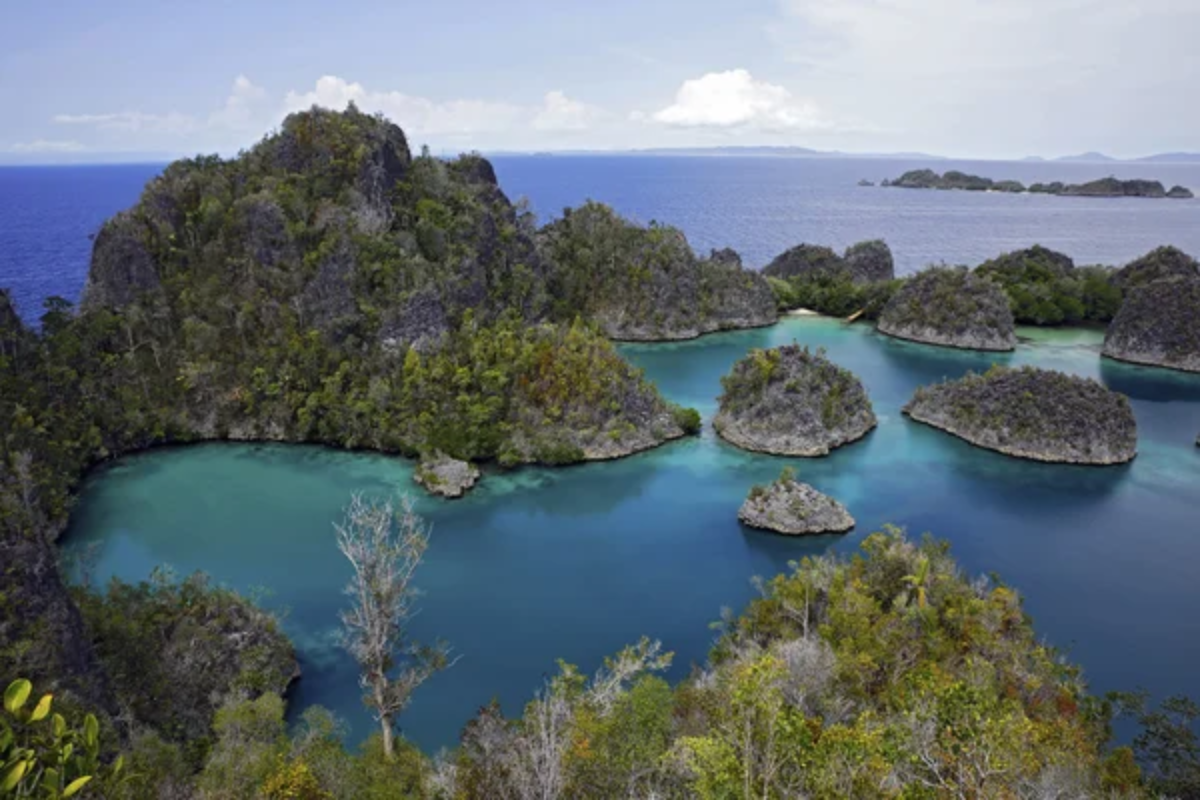
This remote archipelago boasts the richest marine biodiversity on the planet. Crystal clear waters reveal vibrant coral gardens teeming with life, from tiny pygmy seahorses to majestic manta rays.
The islands remain largely undeveloped, with a handful of eco-resorts and homestays offering simple accommodations amid pristine nature.
Knoydart Peninsula, Scotland
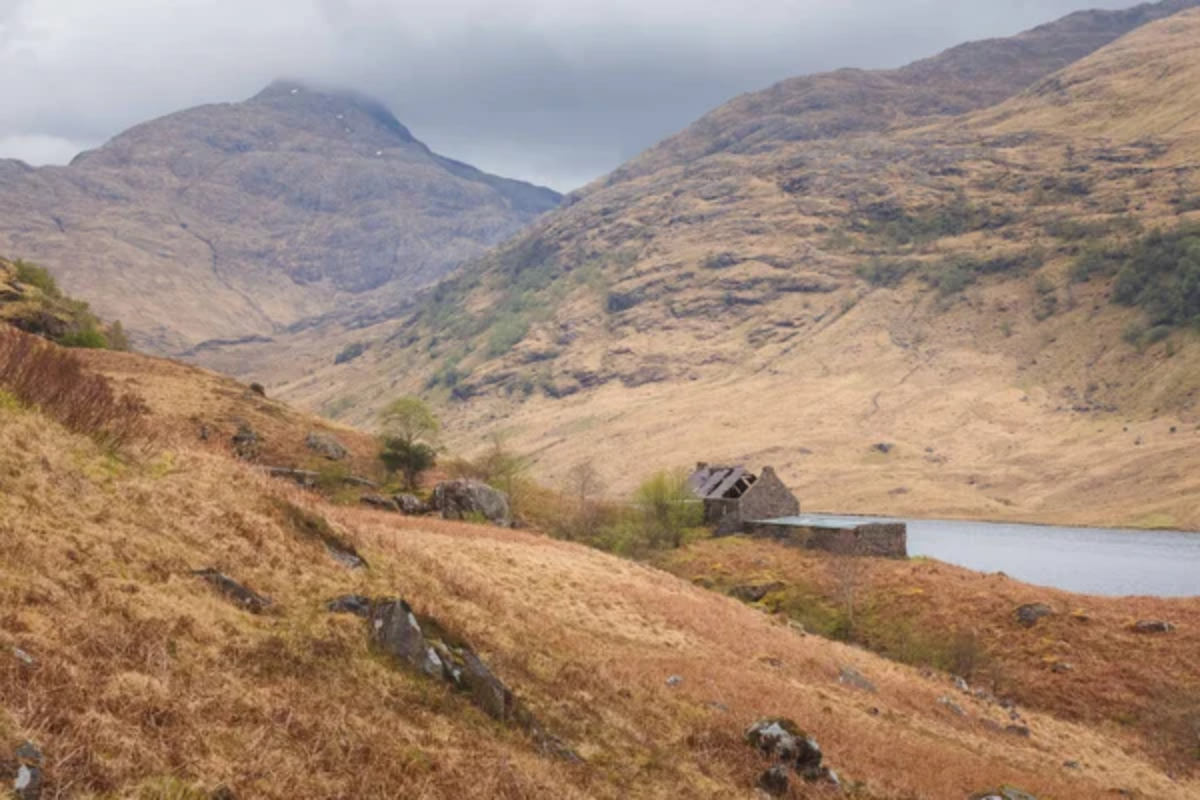
Accessible only by boat or a 16-mile hike, the Knoydart Peninsula is Britain’s last true wilderness. Rugged mountains meet sea lochs in this isolated corner of the Scottish Highlands.
The tiny settlement of Inverie houses just one pub—the most remote in mainland Britain—where weary hikers can enjoy a well-earned drink after traversing the challenging terrain.
Like Travel Pug’s content? Follow us on MSN.
Dientes de Navarino, Chile
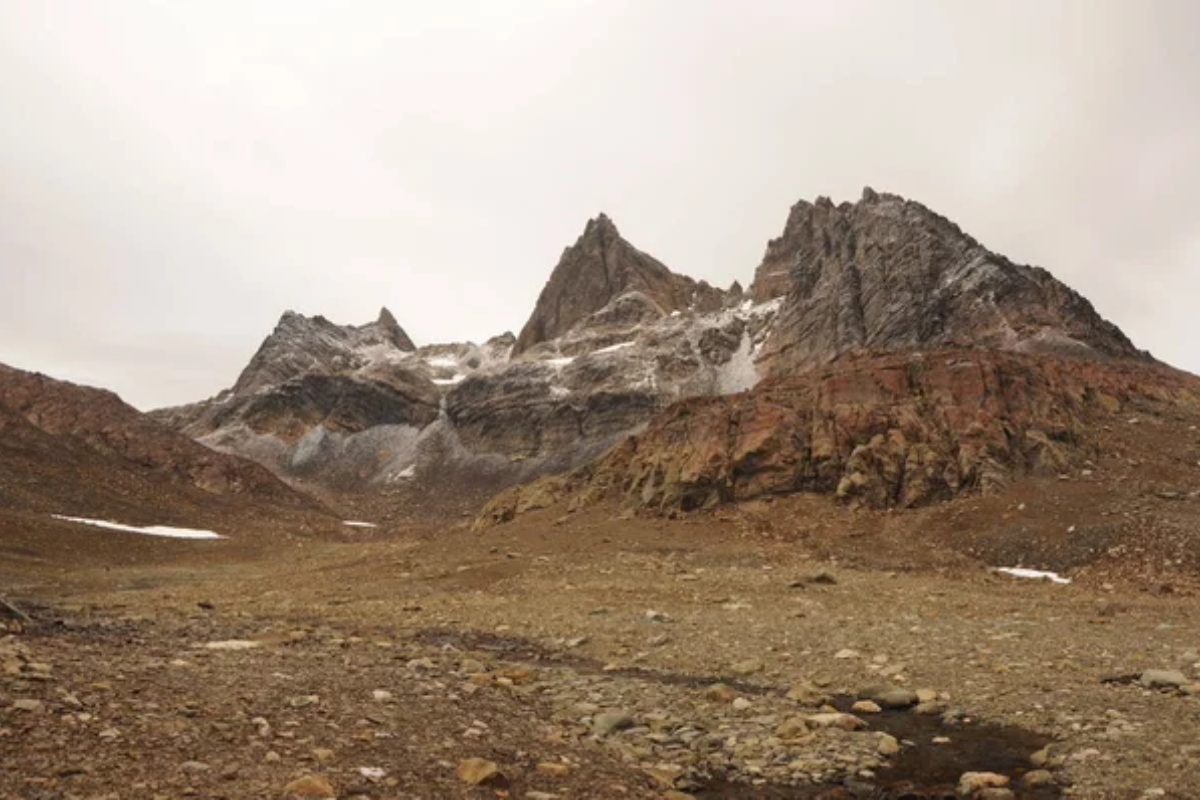
The world’s southernmost trek circles around jagged mountain peaks on Navarino Island near the southern tip of South America. Hardy adventurers who tackle this challenging 33-mile circuit are rewarded with views of the Beagle Channel, unexplored forests, and the bragging rights of having hiked at the ‘end of the world.’
Weather conditions can change dramatically within minutes, adding to the adventure.
Hornstrandir Nature Reserve, Iceland

Iceland’s northernmost peninsula has been uninhabited since the 1950s and offers true Arctic wilderness. Sheer cliffs teeming with seabirds, arctic foxes, and fields of wildflowers create a wild paradise for hikers.
Access is only possible during summer months, with boats dropping off trekkers who must carry everything they need for self-sufficient exploration.
Ittoqqortoormiit, Greenland
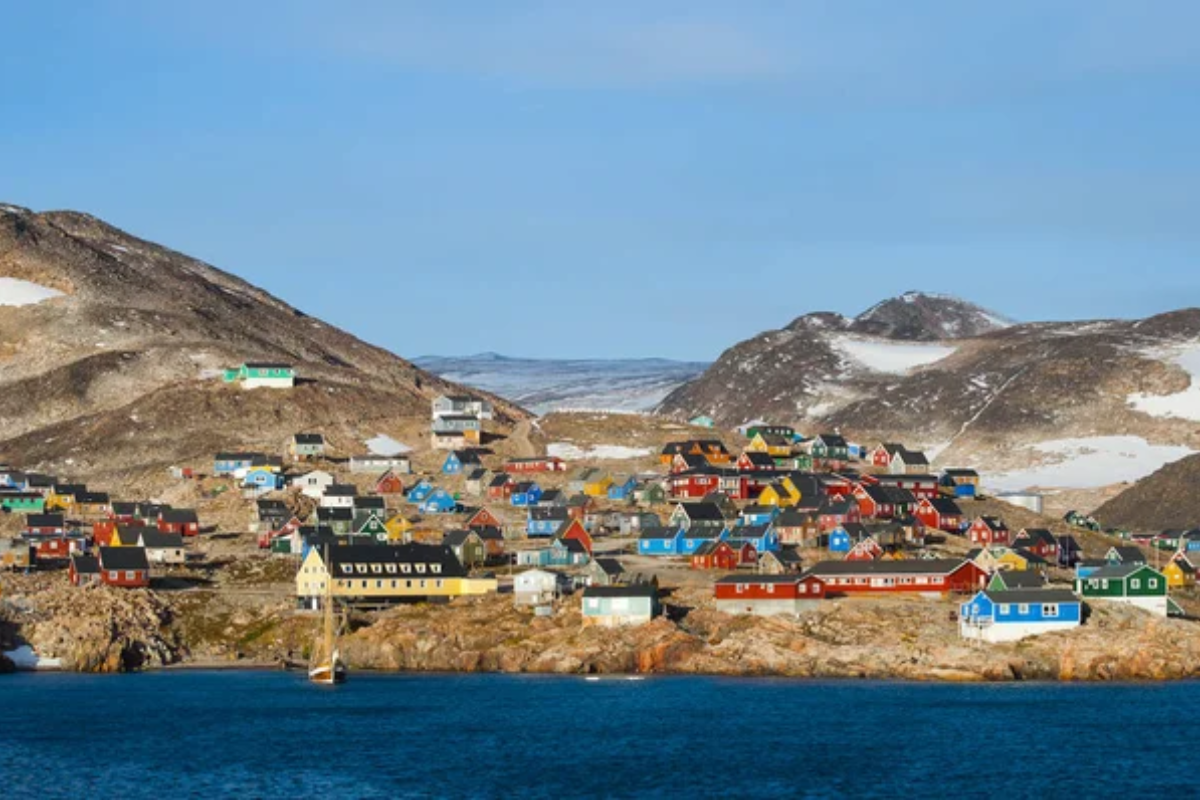
With fewer than 400 residents, this colorful village sits at the entrance to the world’s largest fjord system. Surrounded by mountains and sea ice, it remains one of the most remote settlements on Earth.
Residents still practice traditional hunting and fishing, while visitors can explore by dogsled in winter or hiking during the brief summer season.
Like Travel Pug’s content? Follow us on MSN.
Dolpo Region, Nepal
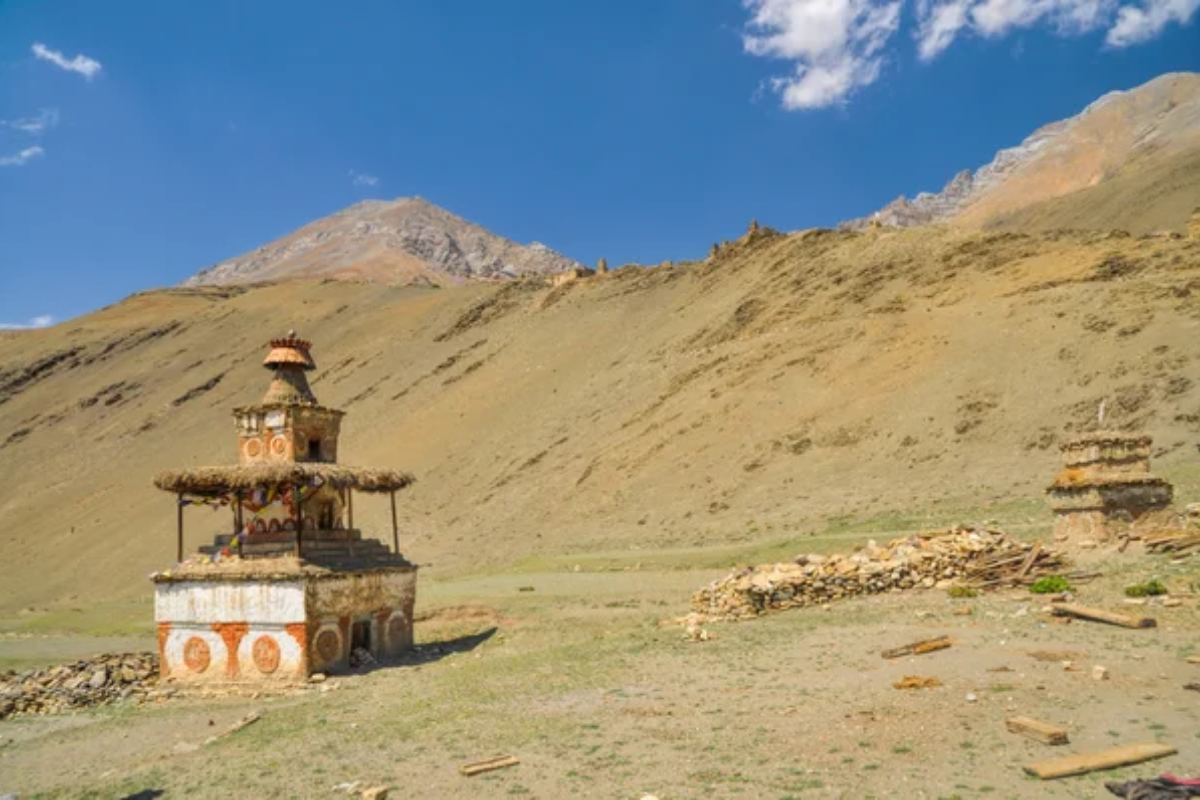
Hidden in Nepal’s northwest, the Dolpo region preserves Tibetan culture in its most authentic form. Ancient Buddhist monasteries cling to hillsides above villages that remain snowbound for much of the year.
The challenging trek to Phoksundo Lake rewards adventurers with views of clear turquoise waters against a backdrop of stark mountain landscapes.
Cobourg Peninsula, Australia
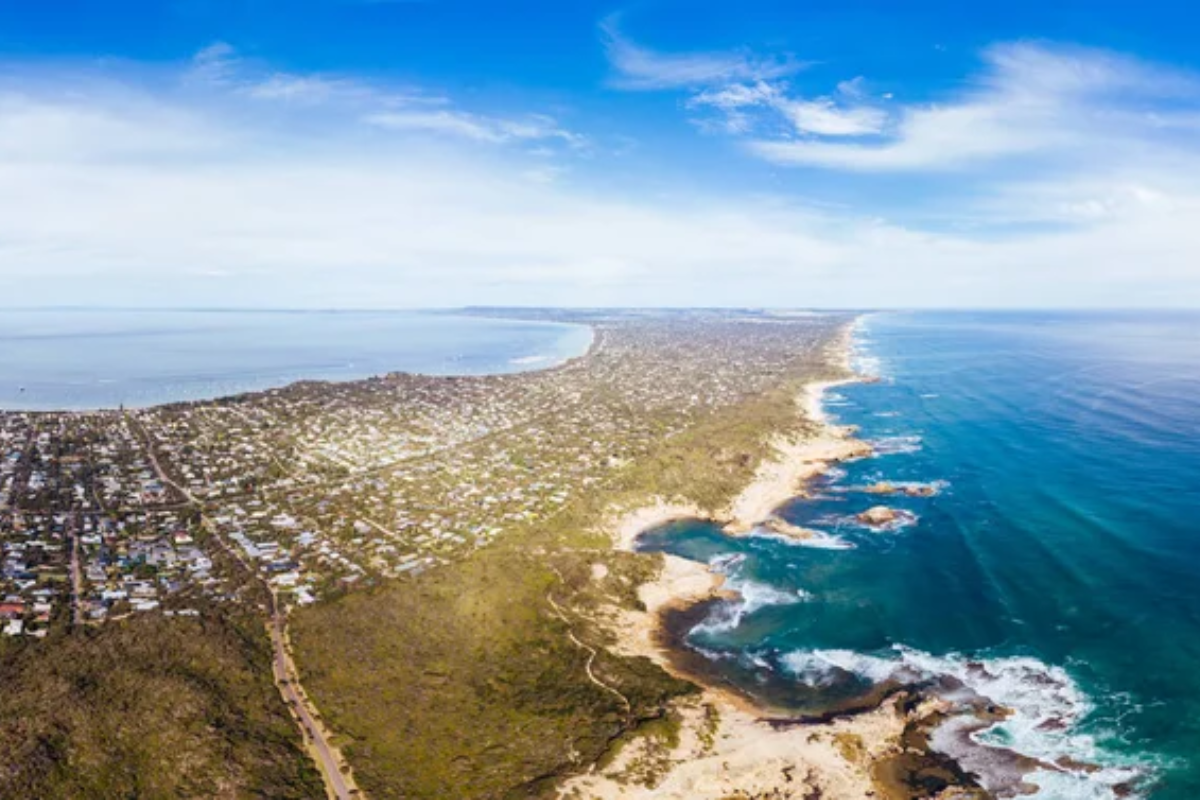
This Aboriginal-owned land in Australia’s Northern Territory offers pristine beaches, mangrove forests, and abundant wildlife without another soul in sight. The peninsula’s isolation has preserved both natural ecosystems and indigenous cultural sites.
Fishing for barramundi in crystal clear waters and watching sea turtles nest on untouched beaches makes the journey worthwhile.
Torngat Mountains, Canada
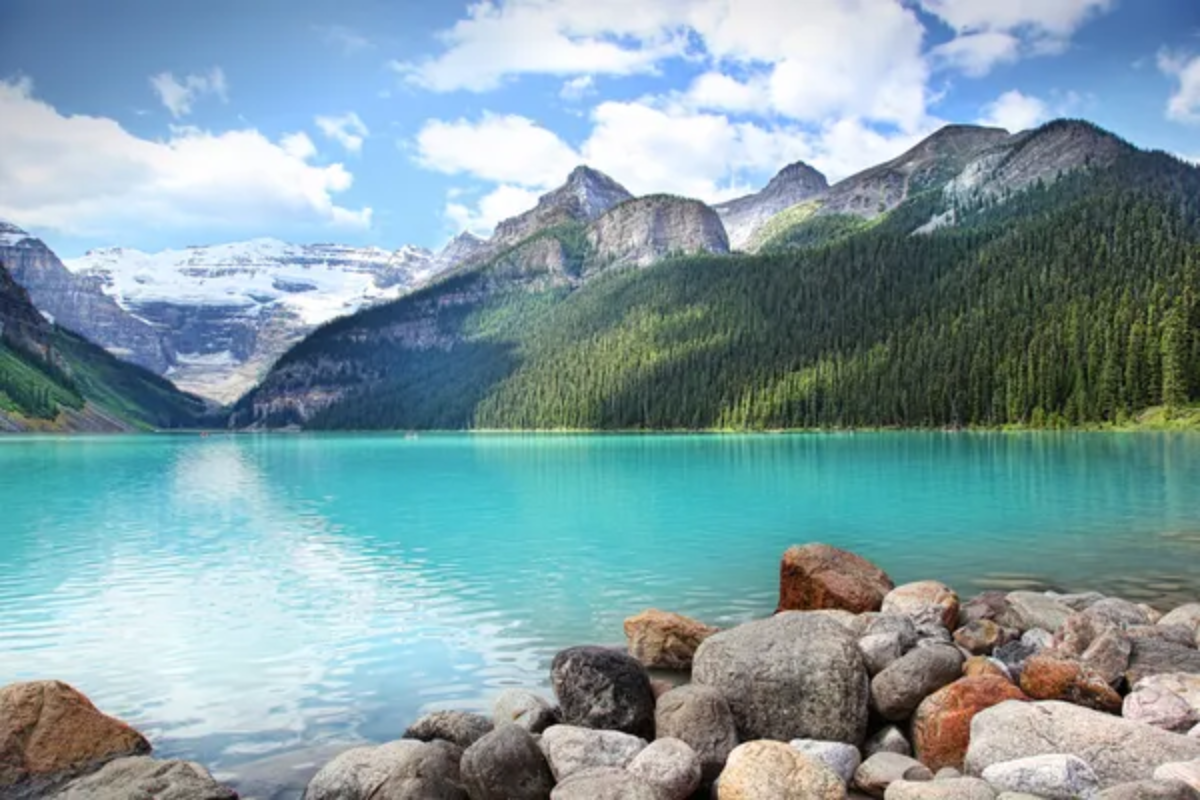
This remote national park in northern Labrador is the ancestral homeland of the Inuit people and features some of the oldest rocks on Earth. Polar bears roam freely among dramatic fjords carved by ancient glaciers.
The park has no roads, facilities, or cell service, so visitors must arrive by boat or charter flight and travel with Inuit guides who share their deep connection to this sacred landscape.
Like Travel Pug’s content? Follow us on MSN.
Kamchatka Peninsula, Russia
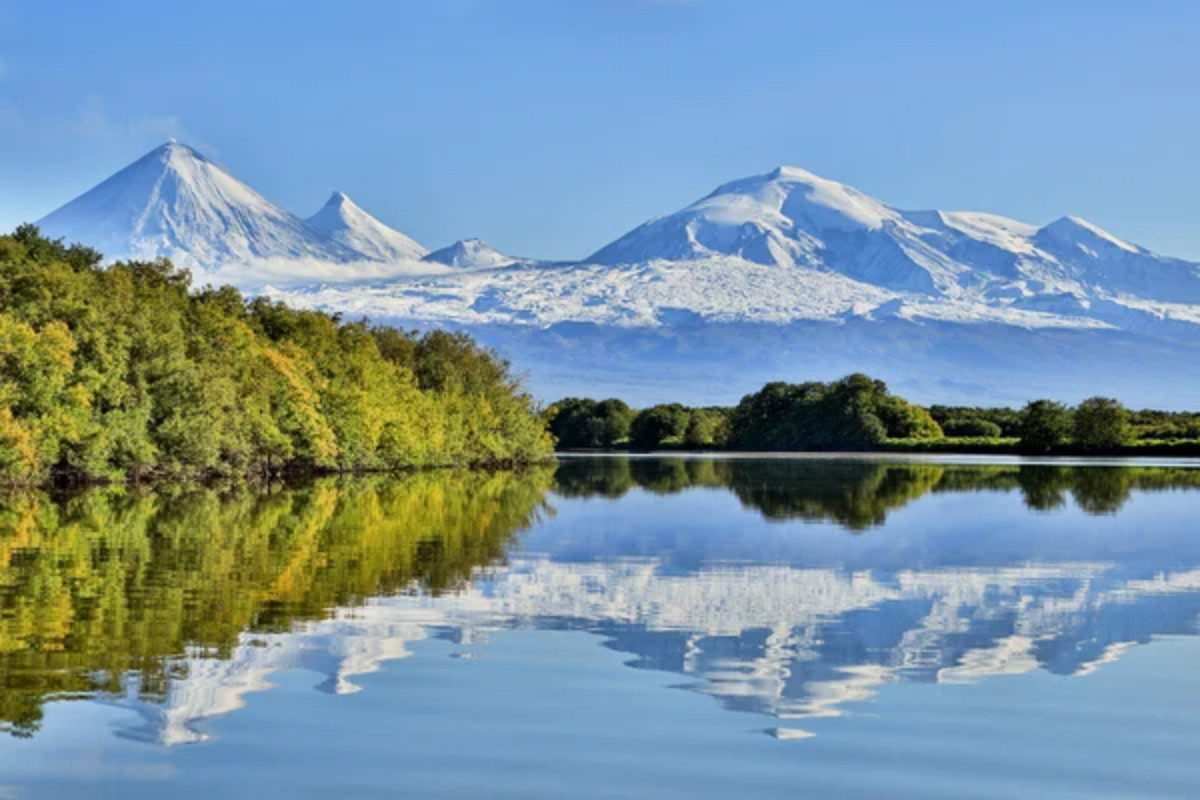
This volcano-studded peninsula in Russia’s Far East boasts geothermal wonders, pristine rivers teeming with salmon, and the highest density of brown bears worldwide. Helicopters provide access to many areas, including the Valley of Geysers with its bubbling mud pots and steaming vents.
Few places on Earth offer a perfect combination of raw power and untouched wilderness.
Darien Gap, Panama/Colombia

The only break in the 19,000-mile Pan-American Highway, this swampy, mountainous jungle region remains one of the world’s most impenetrable frontiers. Home to indigenous communities and remarkable biodiversity, the Darien represents one of the last truly wild places in the Americas.
Only the most experienced adventurers should attempt to navigate this challenging environment.
Pitcairn Island, South Pacific
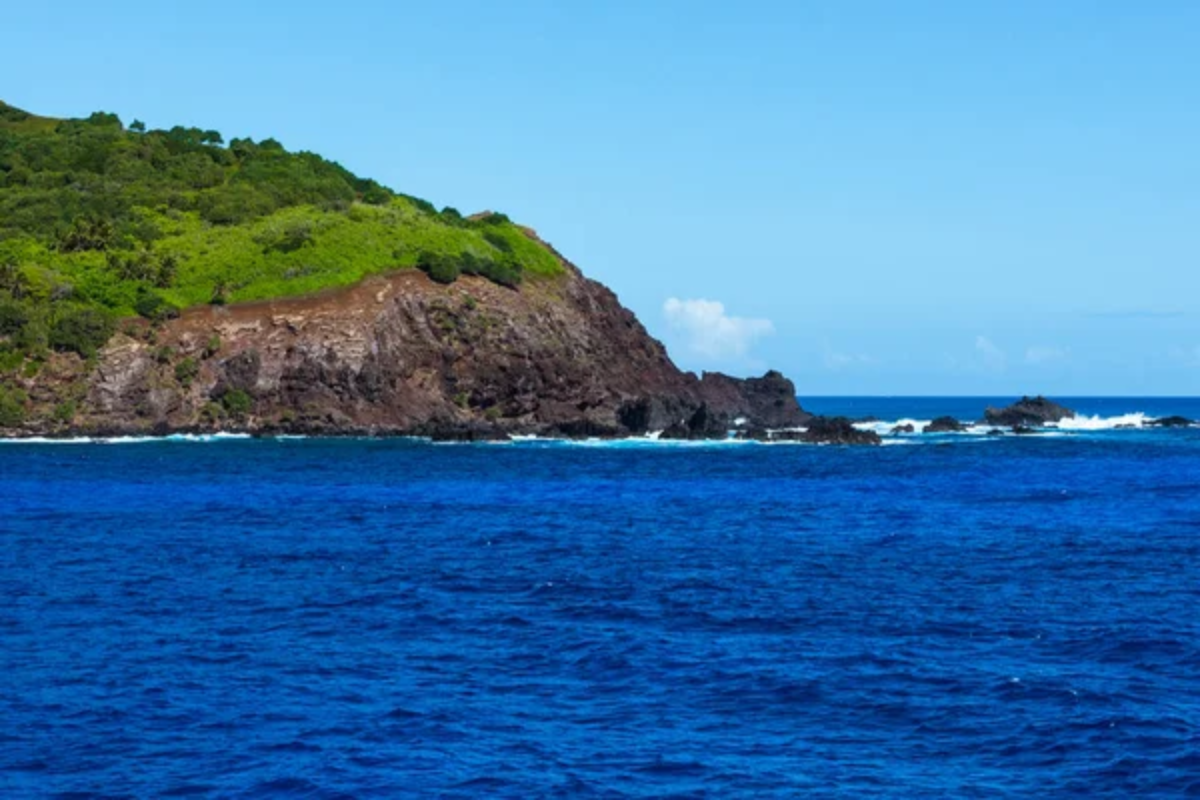
Home to descendants of the HMS Bounty mutineers, this tiny island (population approximately 50) receives supply ships only quarterly. Reaching this remote outpost requires a 32-hour journey from Tahiti on one of the few passing cargo vessels that accept passengers.
Once there, explore underwater caves, hike to Christian’s Cave, and hear the unique Pitkern language spoken nowhere else on Earth.
Like Travel Pug’s content? Follow us on MSN.
Tusheti, Georgia
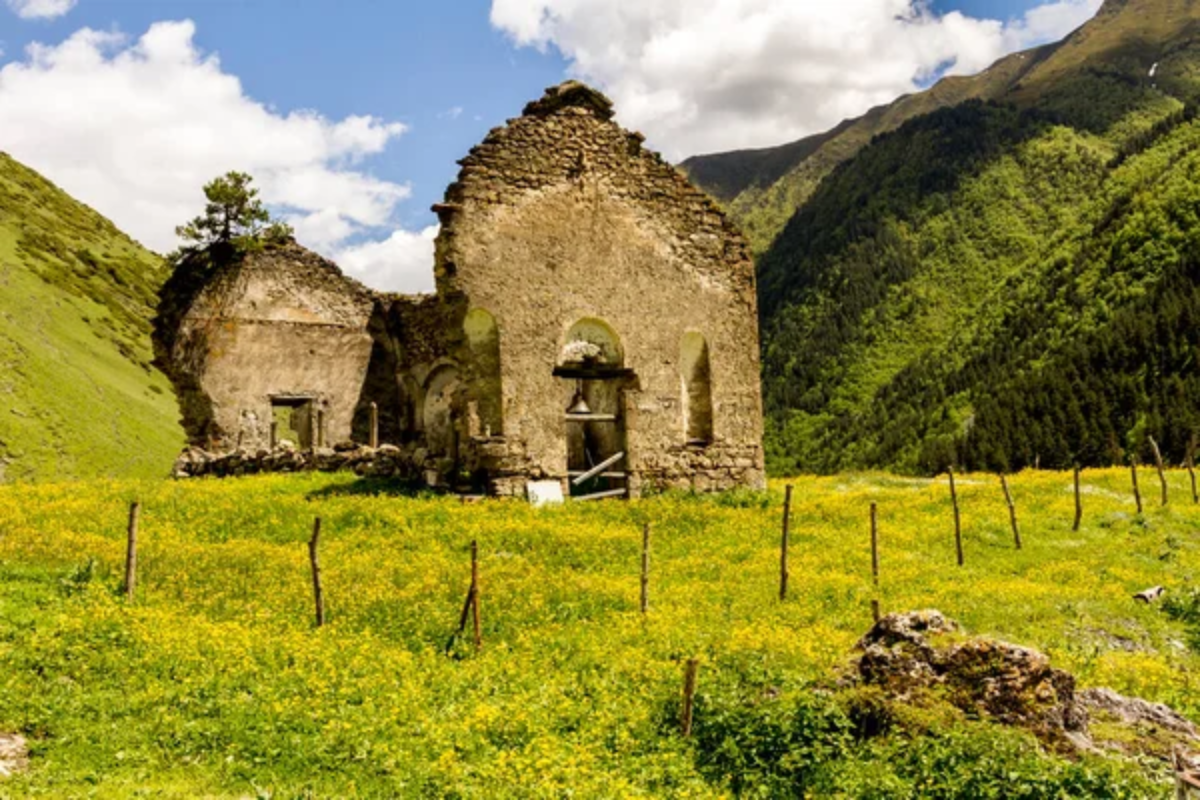
Nestled high in the Caucasus Mountains, this collection of medieval villages is completely cut off by snow for eight months each year. A single treacherous road—open only in summer—provides access to stone towers and ancient defensive structures that have protected Tushetian culture for centuries.
Local shepherds still practice transhumance, moving sheep flocks between seasonal pastures.
Musandam Peninsula, Oman
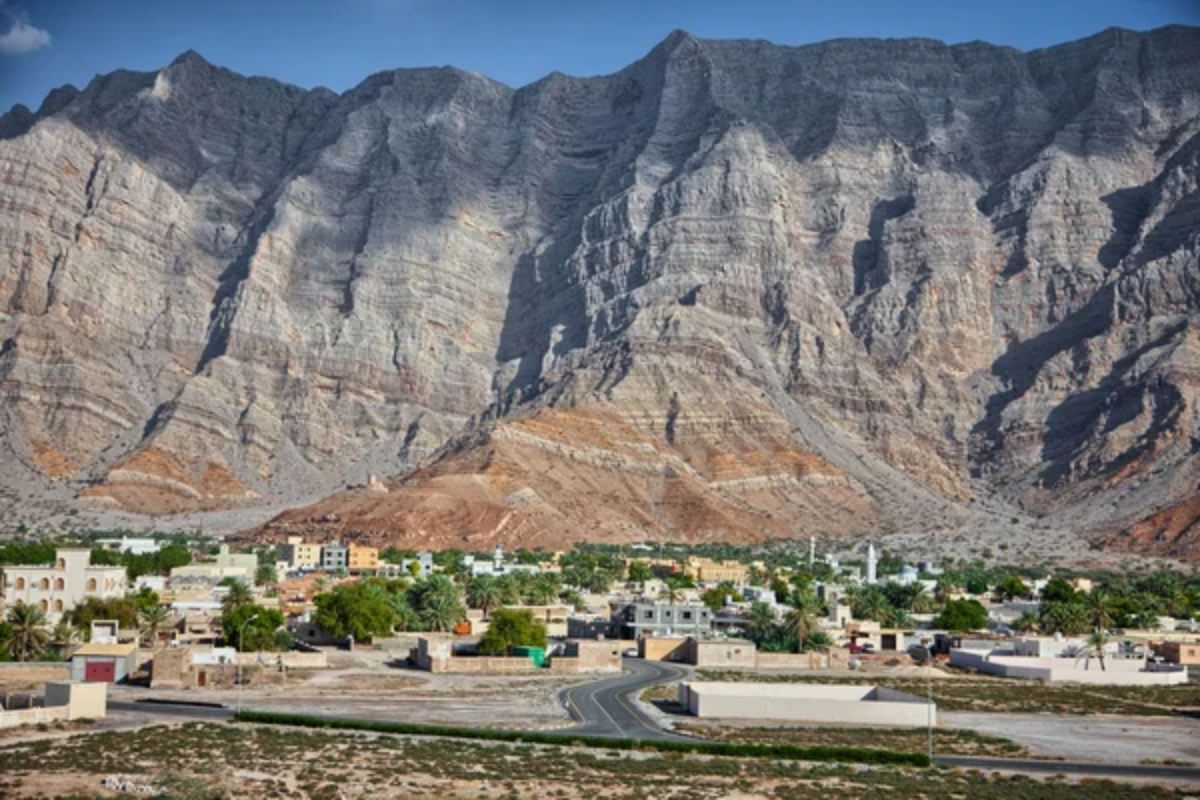
Fjord-like inlets carve into the mountainous landscape of this exclave, which is separated from the rest of Oman by the United Arab Emirates. Traditional wooden dhows cruise turquoise waters, where dolphins play among the towering cliffs.
Remote fishing villages that are accessible only by boat maintain traditional ways of life that have changed little over the generations.
Lake Khövsgöl, Mongolia
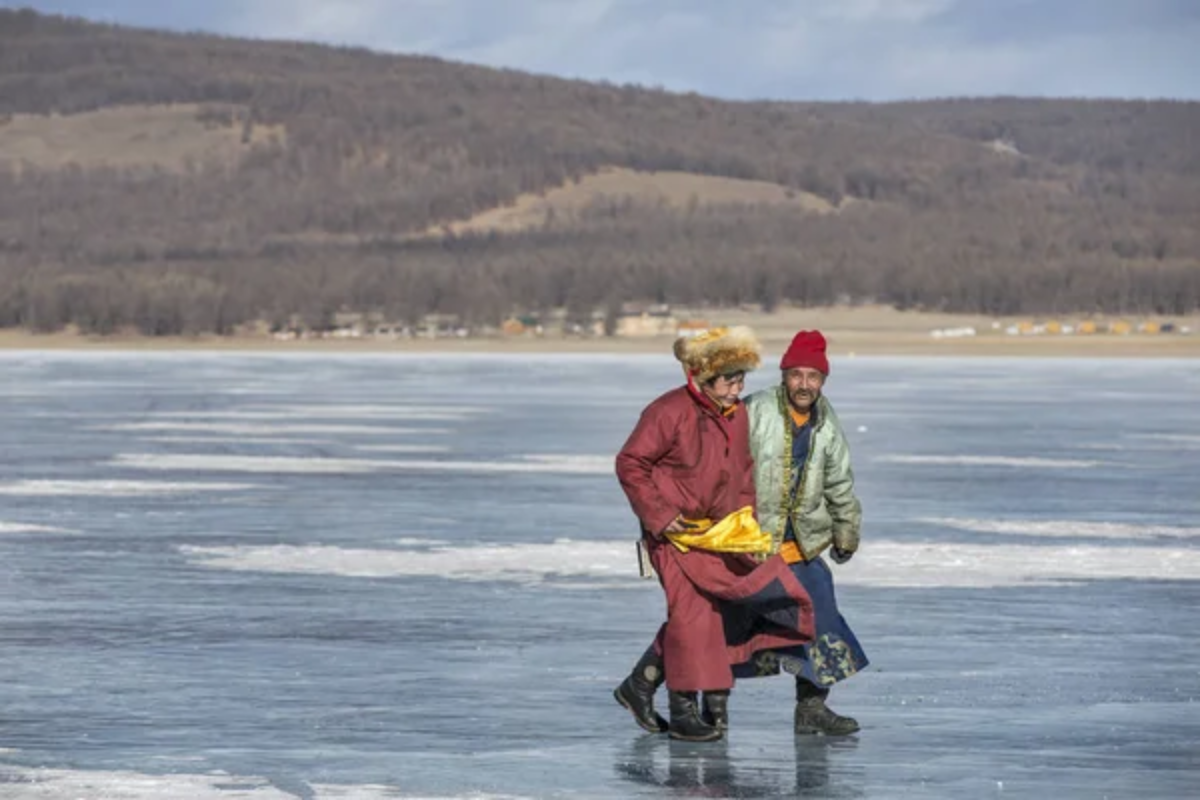
Known as Mongolia’s ‘dark blue pearl,’ this ancient lake contains 1% of the world’s freshwater and remains frozen solid enough to drive trucks across it during winter. Nomadic reindeer herders of the Tsaatan people maintain their ancestral lifestyle in the surrounding taiga forests.
Visitors can stay in ger camps along the shores and trek through pristine wilderness where wolves and bears roam freely.
Like Travel Pug’s content? Follow us on MSN.
Tokelau, South Pacific
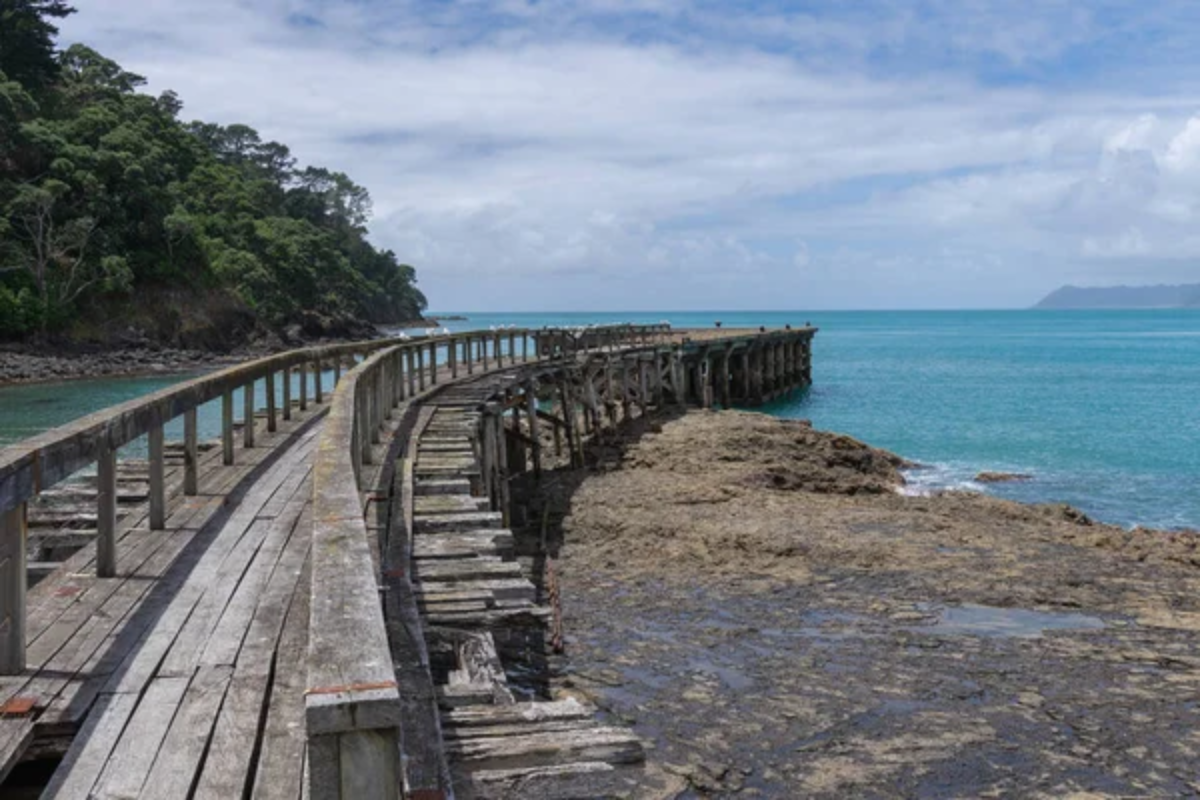
This non-self-governing territory of New Zealand consists of three tropical atolls with no airports or harbors. The only access is via a 24-hour boat journey from Samoa every two weeks.
With fewer than 1,500 inhabitants and an average elevation of just 5 feet above sea level, these islands represent communal Pacific living in its most traditional form.
Karoo Desert, South Africa
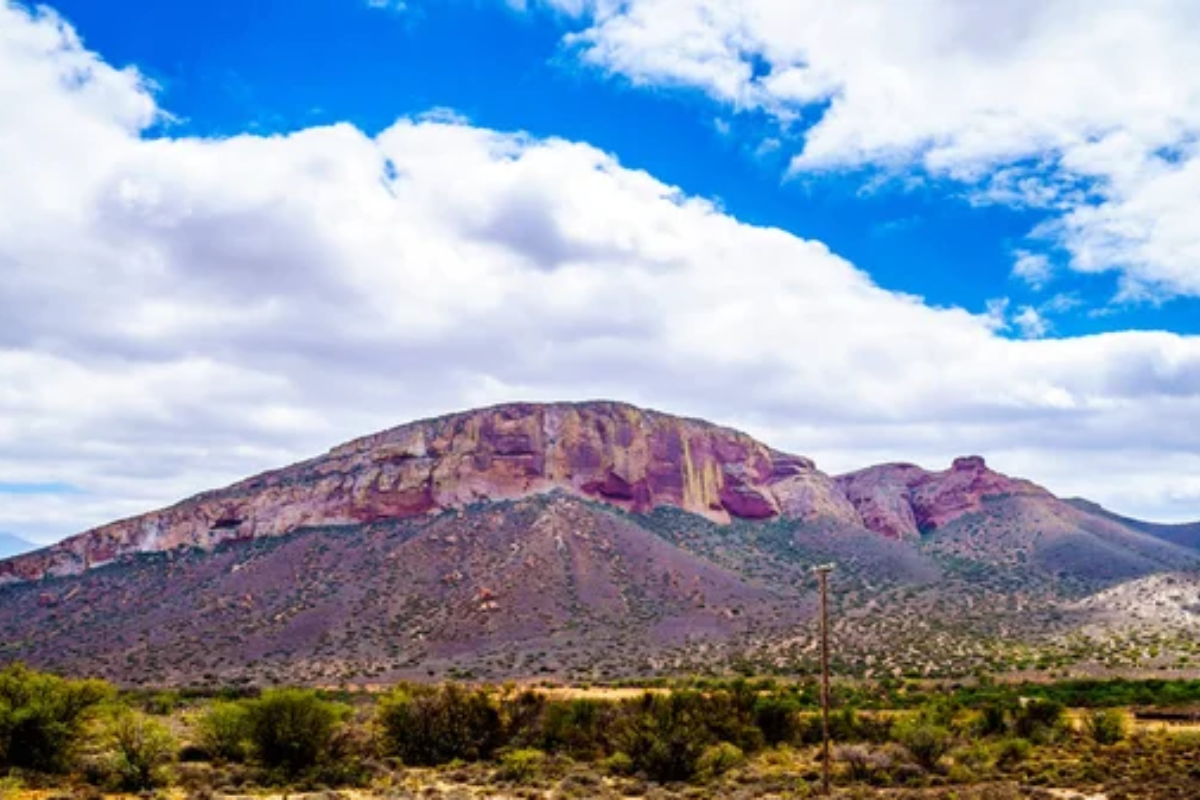
This vast semi-arid plateau offers extraordinary stargazing under some of the world’s darkest skies. Ancient rock formations and fossil sites tell the story of Earth’s history, while adapted wildlife thrives in seemingly inhospitable conditions.
Remote farms and tiny settlements dot the landscape, connected by dirt roads that stretch toward distant horizons.
Simien Mountains, Ethiopia
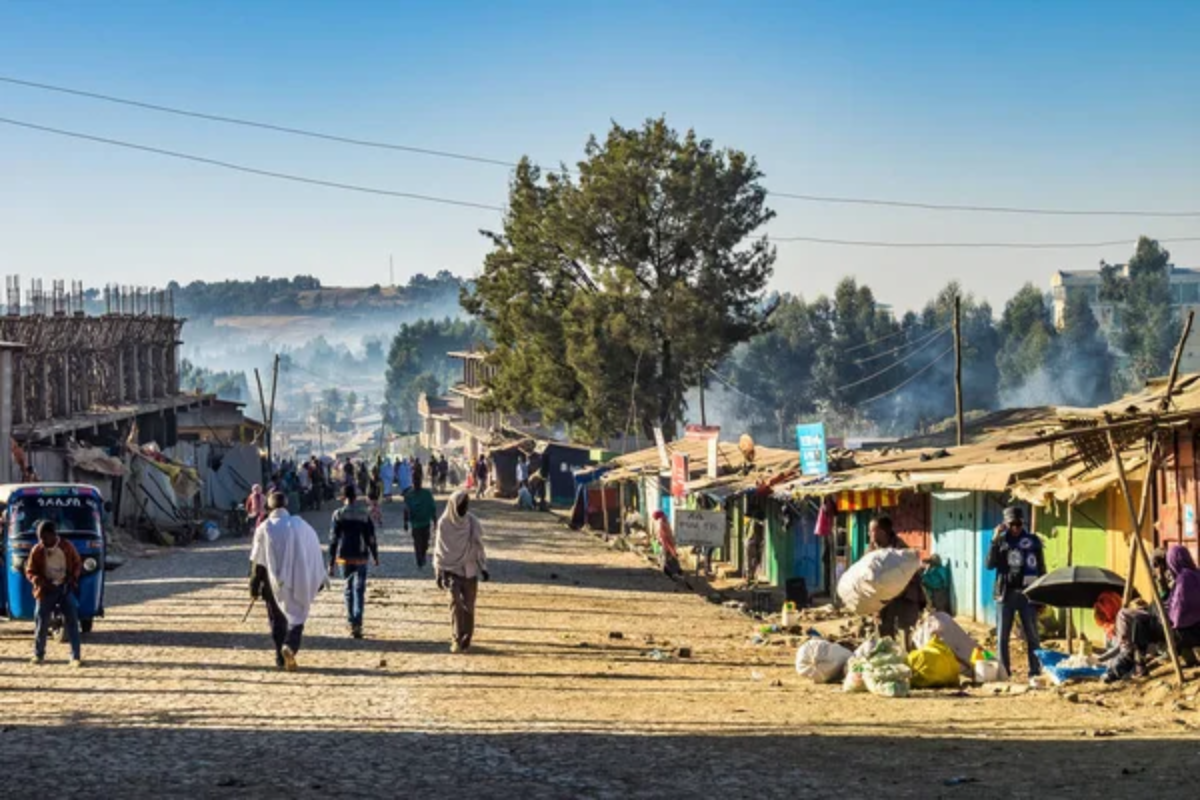
Dramatic escarpments and deep valleys form what early Portuguese explorers called ‘the chess pieces of God.’ Endemic wildlife, including Gelada baboons and Walia ibex, roam this high-altitude wilderness crossed by ancient footpaths.
Traditional villages still practice subsistence farming on terraced fields carved into steep mountainsides, welcoming trekkers with traditional coffee ceremonies.
Like Travel Pug’s content? Follow us on MSN.
Wilderness as Teacher

These remote destinations offer more than just adventure—they provide perspective on our place in the natural world. Disconnecting from our digital lives often leads to deeper connections to the planet and ourselves.
The challenges of reaching these far-flung corners of Earth make the journey as meaningful as the destination itself, reminding us that true exploration still exists for those willing to venture beyond the boundaries of modern convenience.
More from Travel Pug

- Cities Growing so Fast You Won’t Recognize Them in 10 Years
- 13 Destinations Where Tourists Regularly Regret Their Trip
- 20 Obscure WWII Sites Even History Buffs Don’t Know About
- 10 Under-the-Radar Mountain Towns That Are Both Affordable and Beautiful
- Remote Villages in Europe Where You Can Live for Free in Exchange for Work
Like Travel Pug’s content? Follow us on MSN.
